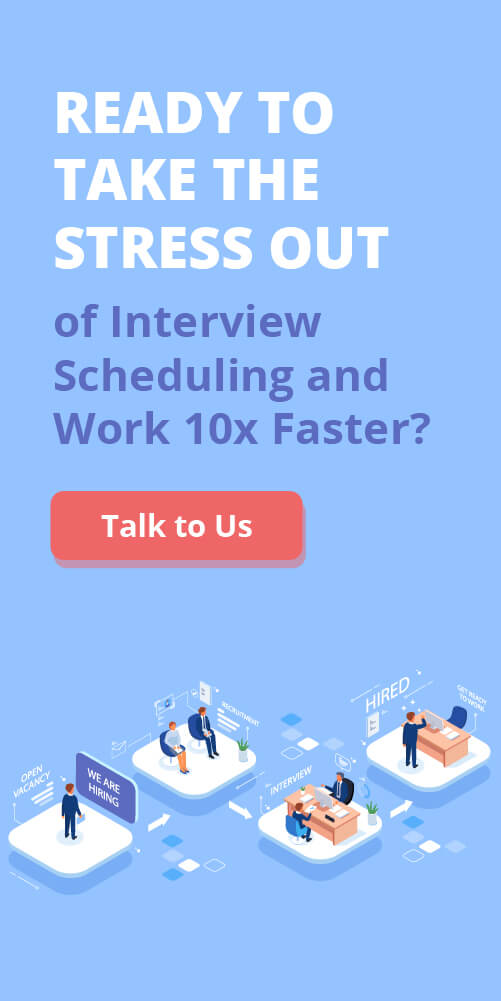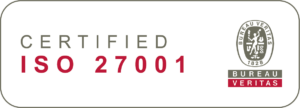Virtual job fairs and recruiting events have come a long way from the early days of stuttering Zoom calls and empty breakout rooms. But if you’re still running the same old format, you’re missing out on new ways to keep your talent engaged (and the qualified candidates that might result from those activities).
To stand out, let’s try these fresh, interactive experiences that go beyond job listings and stale company overviews. Here’s how to make your next virtual recruitment event unforgettable.
1. Interactive Company Culture Showcases

Why It Works:
Culture fit is just as important as skill fit, but let’s face it—candidates are tired of generic “we have a great culture” claims with zero proof. Instead of static videos, invite companies to host live virtual tours with real-time employee commentary. Give candidates an authentic look at what it’s like to work there with “day-in-the-life” roleplays and interactive Q&A sessions where they can ask employees about everything from team dynamics to career growth. A great candidate is one who trusts your organization, and through these activities, your recruiter can help build that trust.
Digital Solutions
Outside of traditional solutions for virtual job fairs like Zoom or Microsoft Teams, your recruiting team can consider platforms like RingCentral Events(formerly HopIn) and vFairs to create immersive virtual environments where companies can host live tours and interactive sessions. These platforms support real-time Q&A, polls, and chat functions for authentic engagement.
Best Practices
- Go Live: Use Live Streaming Instead of Pre-Recorded Content for Authenticity and Real-Time Interaction
Ditch the pre-recorded videos and go live on Zoom or LinkedIn Live for a more authentic company showcase. A real-time format lets candidates interact with employees, ask questions, and get unscripted responses, giving a transparent look into your workplace. Assign a charismatic host to keep the energy up, and have a moderator manage questions smoothly. Test tech beforehand to avoid awkward glitches. A well-executed live stream builds trust, strengthens employer branding, and makes candidates feel like they’re getting a backstage pass to your company’s culture, without the corporate fluff.
- Show, Don’t Tell: Use Candid Employee Testimonials, Behind-the-Scenes Office Footage, and Real Project Discussions
Forget the overproduced corporate promo videos—real culture comes through in everyday moments. Showcase employees from different teams in unscripted vlogs, casual Q&As, and behind-the-scenes office footage. Let teams walk candidates through actual projects or brainstorm sessions, giving them a taste of how work really gets done. Authenticity is key—no scripts, no rehearsed talking points, just real people sharing their experiences. This gives candidates a raw, unfiltered view of your workplace while making your company feel approachable, relatable, and genuinely worth considering.
- Make it Interactive: Let Candidates Vote on Which Departments or Teams They Want a Tour of, Ensuring Personalized Experiences
Why force candidates through a generic tour when you can let them choose their own adventure? Use polls or sign-up forms before the event to allow attendees to pick the teams they want to explore. Then, set up breakout rooms or live Q&A panels where they can interact with department reps. Bonus points for interactive tools like Miro or Slido to collect real-time questions. When candidates get a say in their experience, engagement skyrockets, and they leave feeling like the company actually values their interests, not just filling seats.
- Break the Script: Encourage Employees to Share Real, Unscripted Stories About Their Work Experiences
Skip the stiff corporate messaging and let employees talk like real people. Host fireside chats or casual panels where team members share career journeys, funny mishaps, or unexpected “aha” moments. Icebreaker questions like “What surprised you most about this job?” or “What’s a moment that made you love working here?” can spark authentic discussions. The more natural and unscripted, the better—candidates can tell when a story is real, and that honesty makes all the difference when deciding where they want to work.
2. Real-Time Collaborative Whiteboard Sessions
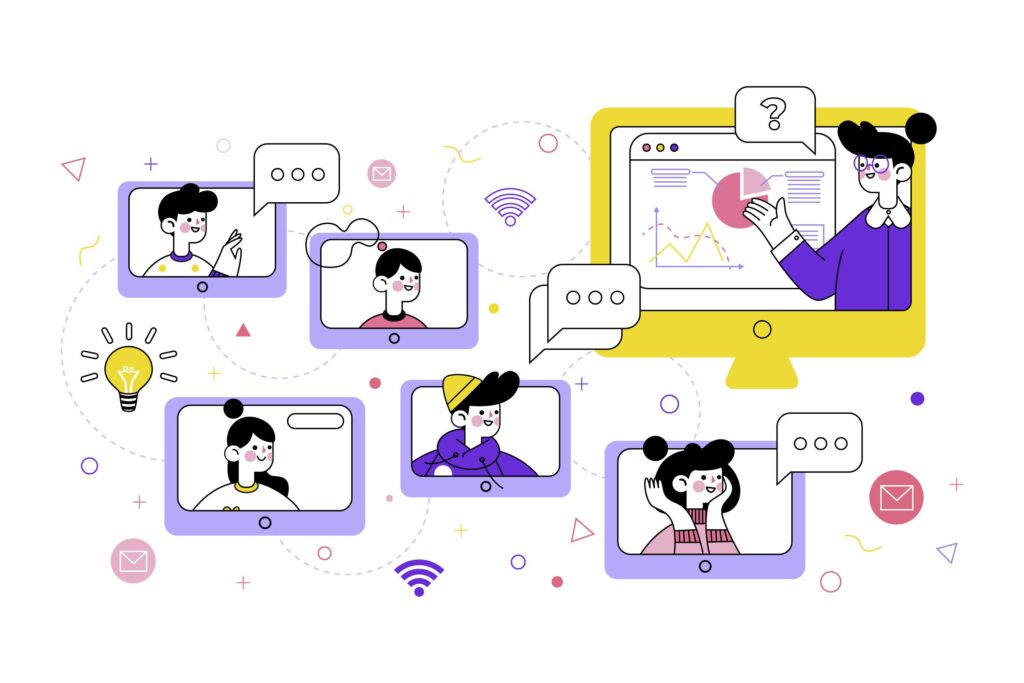
Why It Works:
Resumes are great, but seeing candidates in action? Even better. A shared digital whiteboard lets recruiters and job seekers collaborate on case studies, brainstorm solutions, or even sketch out ideas. This method brings problem-solving skills and creativity into the spotlight at your virtual job fairs, making networking more dynamic and showcasing candidates’ ability to work under pressure.
Digital Solution
Mural: An online whiteboard platform designed to connect teams and inspire innovation. Mural allows for real-time collaboration, enabling recruiters and candidates to brainstorm and solve problems together.
Best Practices
- Case Study Challenges: Give Candidates Real-World Problems to Solve with Recruiters and Team Leads
Instead of the generic “Tell me about yourself” icebreakers, throw candidates into real-world challenges instead. Present an actual business problem your company has faced (or a fictionalized but relevant version) and have candidates collaborate with recruiters and team leads to tackle it. Platforms like Mural or FigJam let participants map out solutions visually, making discussions dynamic. This setup both helps recruiters assess problem-solving skills in action and gives candidates a realistic preview of the challenges they might tackle on the job. It’s a two-way test drive, one where both sides get to evaluate fit beyond just a resume.
- Live Brainstorming: Run Idea-Generation Sessions Where Candidates Work Together, Mimicking Real Workplace Scenarios
Why stop at Q&A when you can turn your recruitment event into a hands-on workshop? Set up brainstorming sessions where candidates work together to solve industry-specific problems or innovate on new ideas. Encourage team leads to guide discussions, offering insight into company workflows. This not only gives recruiters a live look at a candidate’s collaboration and creative thinking skills but also makes the experience more engaging than a standard virtual interview.
- Visual Portfolios: Let Candidates Use Whiteboards to Showcase Projects or Workflow Examples Instead of Just Talking About Them
Resumes and cover letters only tell part of the story, give candidates the space to show, not just tell. Encourage them to use interactive whiteboards to map out past projects, workflows, or campaign strategies in real-time. UX designers can wireframe ideas, marketers can outline campaign flows, and developers can sketch system architectures. This not only provides a richer understanding of their skills but also replicates how they would present ideas in an actual work setting. Plus, for candidates with non-traditional backgrounds, this levels the playing field, proving their expertise in a way that words alone can’t.
- Instant Feedback: Have Recruiters Provide Real-Time Insights on Candidate Approaches and Solutions
No one likes waiting weeks for vague feedback, so why not make it instant? As candidates present their ideas or collaborate on problem-solving tasks, recruiters and team leads should chime in with real-time observations. Constructive critiques, alternative approaches, and even insights on how a candidate’s thought process aligns with company needs can turn this into a valuable learning moment. Candidates walk away with actionable feedback, and recruiters get a crystal-clear view of each candidate’s strengths and adaptability – that’s a win-win.
💡Want more helpful tips? Check out The Recruiters’ Guide to a Cultural Fit Interviewing Process!
3. Personal Branding Workshops

Why It Works:
A career fair should be about more than just finding a job—it should help candidates level up their careers. Hosting mini-workshops at your virtual job fairs on optimizing LinkedIn profiles, crafting standout resumes, and mastering digital networking ensures attendees walk away with real value. Bring in career coaches and industry insiders to lead these sessions, making your event a powerhouse for professional growth.
Best Practices
- Live LinkedIn Reviews: Offer 1:1 or Group Profile Audits with Expert Feedback
A LinkedIn profile is often the first impression a recruiter gets, so why not help candidates make it a great one? Host live LinkedIn profile audits where career coaches or hiring managers provide real-time feedback on headline optimization, keyword usage, and content strategy. Whether in one-on-one sessions or small group workshops, these reviews should focus on actionable improvements, such as enhancing “About” sections, showcasing achievements with rich media, or increasing engagement through posts. Using LinkedIn’s Creator Mode and analytics tools can also give candidates insight into how to boost their visibility and credibility.
- Resume Teardowns: Provide Real-Time Resume Critiques and Best Practices from Hiring Managers
Instead of vague resume tips, give candidates the brutal truth—constructively. Recruiters and hiring managers should conduct live resume breakdowns, pinpointing weak phrasing, unnecessary fluff, and formatting missteps while offering industry-specific best practices. These teardowns should cover strategies like quantifying achievements, optimizing keyword placement, and tailoring resumes to specific job descriptions. Candidates walk away with resumes that don’t just look good but actually get past automated filters and into hiring managers’ hands.
- Networking Drills: Teach Candidates How to Make Meaningful Connections Beyond the “Hi, I’m Interested” LinkedIn Message
Networking is more than just collecting contacts—it’s about building relationships. Run interactive sessions that teach candidates how to craft personalized outreach messages, engage in insightful LinkedIn conversations, and follow-up with purpose. Have recruiters role-play as industry professionals and let candidates practice crafting messages that highlight mutual interests, shared connections, or relevant discussions. Encourage them to leverage LinkedIn’s voice messages, content engagement strategies, and even video introductions to stand out. This workshop turns networking from a passive numbers game into a skill candidates can actively refine.
- Follow-Up Materials: Share Downloadable Templates and Guides for Continuous Learning
Personal branding doesn’t stop when the event ends. Provide candidates with a digital toolkit, including LinkedIn profile optimization checklists, resume formatting guides, and networking email templates. Hosting these resources on an interactive Notion page or within a shared Google Drive makes them easily accessible. For added value, create short video tutorials or interactive courses using platforms like Loom or Canva Docs. By offering structured post-event materials, recruiters ensure candidates have the tools to keep refining their brand long after the event wraps up.
4. Mentor-Matching Sessions
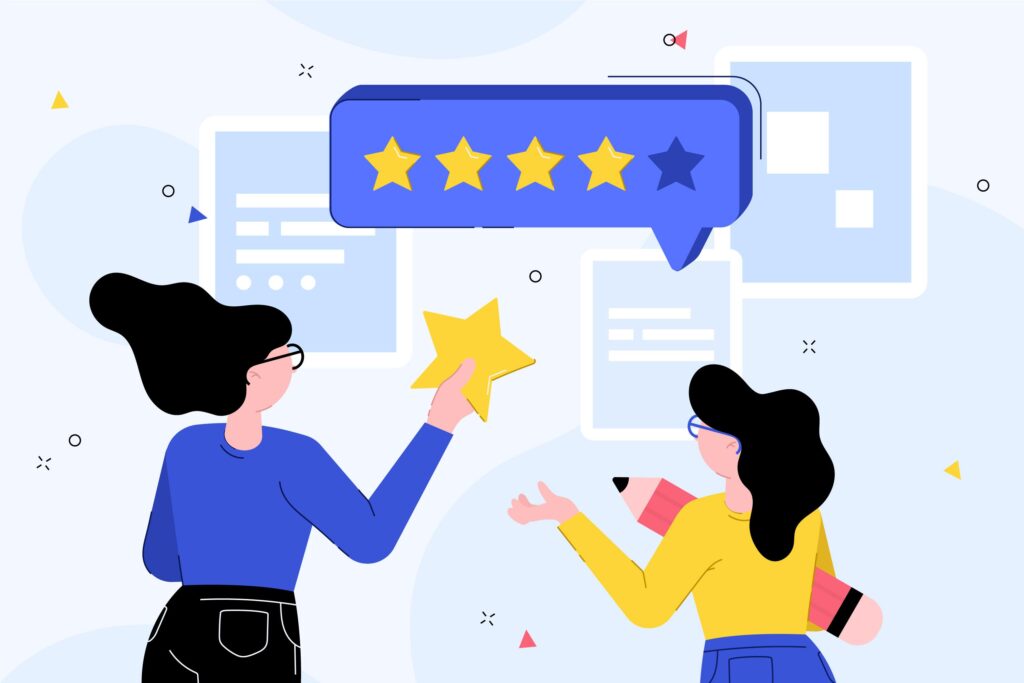
Why It Works:
Recruitment events aren’t just about hiring—they can be the perfect avenue for professional relationship-building.
Dedicated 1:1 mentor-matching sessions with industry leaders give candidates exclusive access to career advice, resume critiques, and insider tips. This level of personalized engagement makes the event memorable. These mentor-mentee connections are also perfect for building talent pipelines ahead of recruitment needs.
Best Practices
Immediate Post-Interaction Surveys:
Immediately after an interview, candidates should receive a short, focused survey. This ensures that their impressions are fresh and that you capture specific details about the experience – what they liked, what felt impersonal, and any areas where the interaction fell short.
Quantitative and Qualitative Metrics:
It’s important to blend numerical ratings with open-ended questions in your feedback forms. While numerical ratings offer measurable data to track trends over time, open-ended questions provide deeper, contextual insights that help you understand the nuances of each candidate’s experience.
Regular Data Analysis:
Set up a schedule for reviewing the feedback – whether it’s weekly, monthly, or after a significant hiring campaign. During these sessions, HR teams should analyze the data for common patterns and identify actionable insights. For example, if multiple candidates mention that the AI’s tone feels too robotic, this could be an area for improvement.
Actionable Reporting:
Once you’ve analyzed the feedback, translate these findings into clear, actionable reports. These reports should outline specific issues, such as unclear communication or delays in response, and suggest concrete steps to enhance both the AI system and overall recruitment practices.
Integrate Feedback into AI Updates:
Work closely with your technical team to incorporate candidate feedback into regular updates of the AI system. Use the insights gathered to adjust the AI’s algorithms, refine its language model, and improve the overall interaction quality.
5. Digital Swag &Rewards
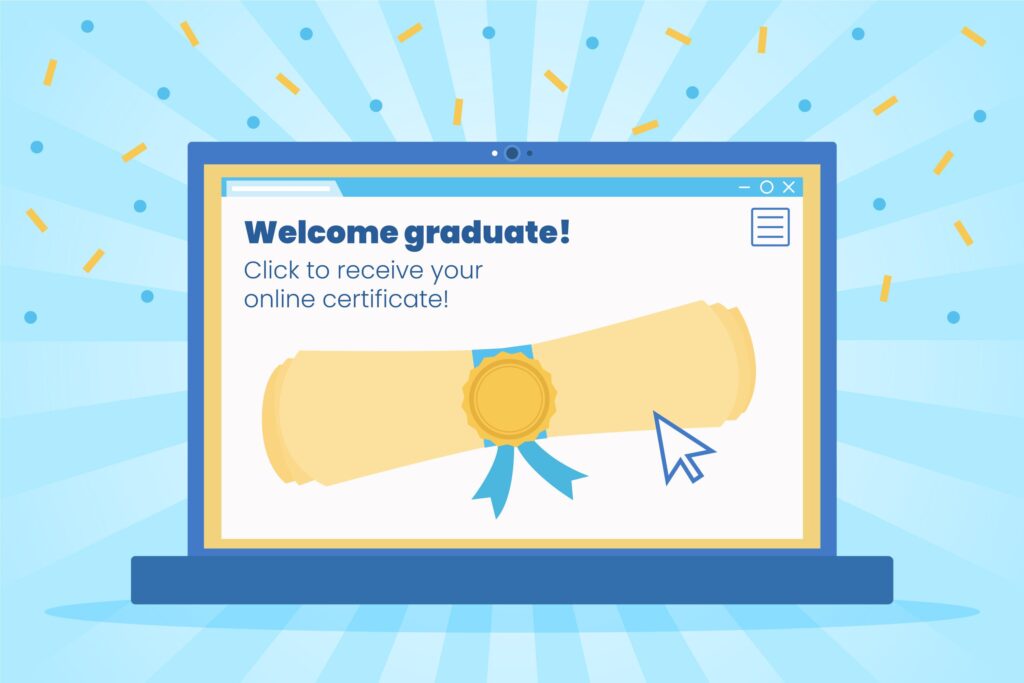
Why It Works:
Traditional swag bags are great, but let’s be honest – most end up in a drawer (or the trash). Upgrade your event experience with exclusive digital badges that candidates can display on their LinkedIn or online portfolios. These badges serve as verifiable symbols of participation and achievement, allowing candidates to showcase their involvement directly on their LinkedIn profiles. For recruiters, the widespread sharing of these badges amplifies event visibility and reinforces the organization’s dedication to professional development.
Digital Solution:
Create visually appealing badges that reflect the event’s theme and the specific achievements or participation levels of attendees. Utilize platforms like Credly, Accredible, or CertifyMe to streamline the creation and distribution of digital badges, ensuring a seamless experience for both organizers and participants.
Best Practices
- Customization: Offer Tiered Digital Badges Based on Engagement Levels
Not all event participants engage at the same level, so why should their rewards be one-size-fits-all? Offering tiered LinkedIn digital badges, such as “Event Attendee,” “Top Contributor,” and “Expert Panelist,” encourages deeper participation. This approach rewards candidates for more than just attendance, recognizing those who actively engage in discussions, complete challenges, or attend multiple sessions. Tiered rewards make participation feel more meaningful while subtly encouraging candidates to maximize their event experience.
- Gamification: Use Leaderboards or Scavenger Hunts to Make Earning Digital Swag Fun and Competitive
Adding a competitive edge to digital badge earning makes the experience more engaging. Implement leaderboards that track activities such as session attendance, Q&A participation, or networking connections. You will be boosting engagement while making sure attendees interact with key event elements in a structured, enjoyable way. When participation feels like a challenge rather than a chore, candidates are more likely to stay engaged.
- Guide Badge Integration: Provide Clear Instructions for Attendees on How to Add These Badges to Their LinkedIn Profiles
Earning a digital badge is exciting, but if candidates don’t know how to use it, it loses value. Provide simple, step-by-step instructions on how to add badges to their LinkedIn profiles. Platforms like LinkedIn Learning allow direct badge integration, while Credly provides one-click sharing options. Recruiters can also create a quick tutorial video or a downloadable guide explaining the process. Ensuring seamless integration means candidates can display their achievements instantly, increasing their professional credibility while boosting the event’s visibility.
- Encourage Social Sharing: Motivate Participants to Share Their Badges on Social Media Platforms, Fostering a Sense of Community and Expanding the Event’s Reach
A digital badge is more than just a virtual sticker—it’s a shareable accomplishment. Encourage participants to post their earned badges on LinkedIn, Twitter, and other social media platforms using event hashtags. You can even incentivize sharing by featuring top posts on your company’s LinkedIn page or offering bonus rewards for those who generate the most engagement.
6. Wellness and Mindfulness Breaks
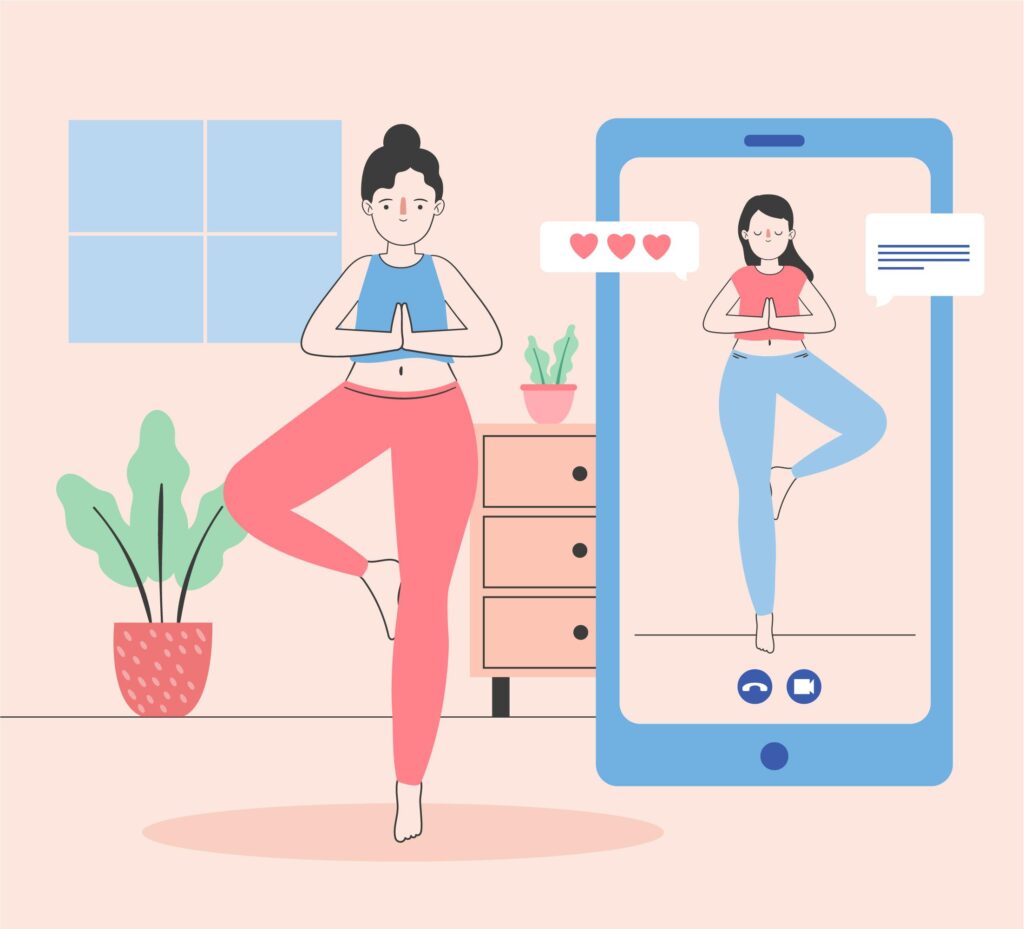
Why It Works:
Zoom fatigue is real. And while recruiters and candidates are laser-focused on landing the right role, nonstop sessions can drain energy fast. Short, guided meditation or stretch breaks between sessions keep attendees engaged and refreshed. Plus, it sends a strong message: your company values people, not just productivity.
Best Practices
- Scheduled Reset: Add a 5-Minute Mindfulness Break Every Hour to Help Attendees Recharge
Virtual events can be mentally draining, and when candidates jump from session to session without a pause, engagement suffers. Implementing a structured 5-minute mindfulness break every hour gives attendees time to reset, improving focus and retention. Whether it’s guided breathing or simply encouraging everyone to look away from their screens, these micro-breaks keep energy levels high and reduce virtual fatigue, making the entire event experience more enjoyable and productive.
- Guided Sessions: Bring in Wellness Coaches to Lead Quick Breathing Exercises or Desk Stretches
A short, well-led wellness session can do wonders for engagement. Hiring wellness coaches or certified mindfulness practitioners to lead simple exercises, like deep breathing techniques or ergonomic desk stretches, offers tangible benefits for both candidates and recruiters. Structured relaxation not only reduces stress but also reinforces a company’s commitment to employee well-being, making it an attractive workplace culture signal to potential hires.
- On-Demand Access: Offer Recorded Mindfulness Sessions So Candidates Can Revisit Them Later
Not every attendee will be able to join a live wellness session, but that doesn’t mean they should miss out. Recording and providing on-demand access to these mindfulness breaks allows candidates to incorporate them into their own schedules. Platforms like YouTube, Vimeo, or an event’s online portal can host these sessions, ensuring accessibility even after the event ends.
To Conclude …
The recruitment world is evolving, and virtual events need to do more than just exist—they need to engage. By implementing these out-of-the-box strategies, you’re not only making your event more interactive and valuable, but you’re also setting the stage for deeper connections between recruiters and candidates.
So, ditch the outdated formats and start hosting virtual job fairs that people actually remember. Because in 2025, engagement isn’t a nice-to-have—it’s the whole process.

Team Rakuna
The Rakuna Team comprises a diverse group of professionals hailing from various corners of the world.
With a passion to enable organizations to hire their next waves of talents, we are dedicated to help organizations stay updated on important recruiting technology and industry best practices.

